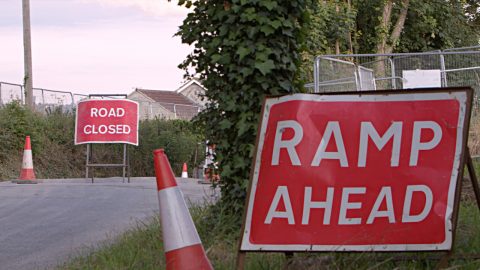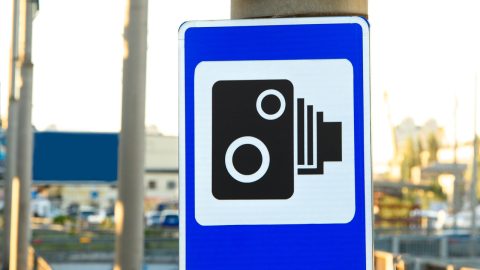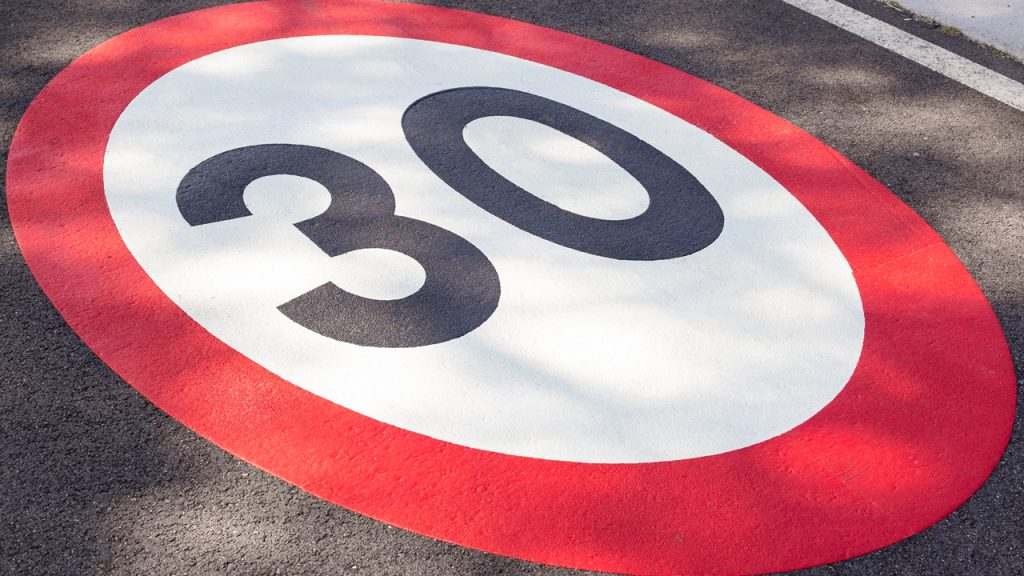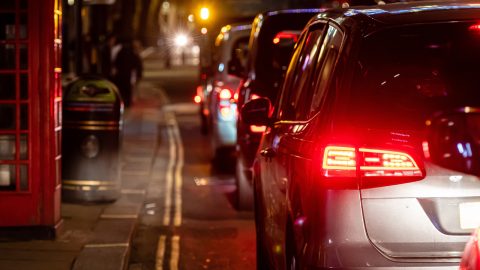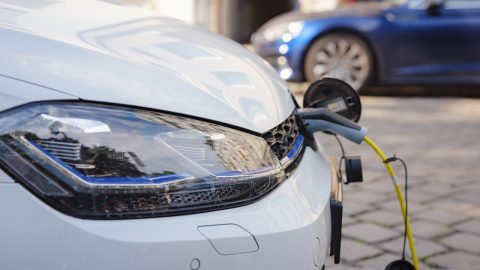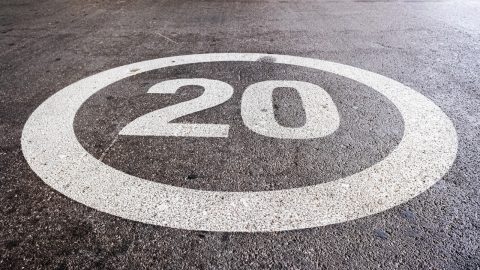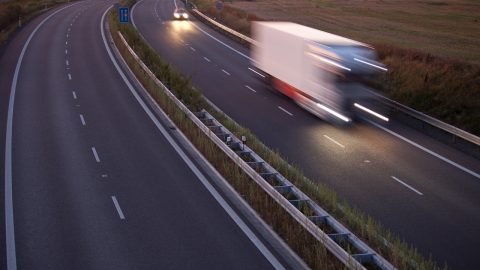Navigating the UK’s road network, with its diverse range of highways, byways, and everything in between, can be a complex affair, especially when it comes to understanding speed limits. From the serpentine A roads that traverse the countryside to the expansive motorways designed for high-speed travel, the UK’s speed regulation system is designed to balance safety, efficiency, and environmental considerations. This article aims to demystify the speed limits across various road types in the UK, offering insights into the rationale behind these regulations and addressing frequently asked questions.
Understanding UK Speed Limits
Speed limits in the UK are primarily set in miles per hour (mph) and are indicated by circular signs with a red border. The default speed limits vary depending on the type of vehicle you are driving and the road you are on, but local authorities can set specific limits that differ from these defaults.
Built-up Areas
In built-up areas, which are typically characterised by a system of street lighting, the default speed limit is 30 mph for all vehicles unless signs indicate otherwise. This limit is in place to protect pedestrians and cyclists in areas with high foot traffic and residential zones.
Single Carriageway Roads
Single-carriageway roads, including A and B roads, have a default speed limit of 60 mph for cars, motorcycles, car-derived vans, and dual-purpose vehicles. However, for larger vehicles such as buses, coaches, and goods vehicles, lower limits apply, typically 50 mph, to account for their increased stopping distances and manoeuvrability challenges.
Dual Carriageways and Motorways
Dual carriageways are roads separated by a central reservation, and motorways are multi-lane, high-speed roads with limited access. The default speed limit for both types of roads is 70 mph for cars, motorcycles, and other light vehicles. Heavier vehicles, including large goods vehicles and passenger-carrying vehicles over a certain weight, are restricted to 60 mph.
Variable Speed Limits
Some roads, particularly sections of motorways around major cities, have variable speed limits that can change based on traffic conditions, weather, and incidents. These limits are displayed on electronic signs above the road or at the roadside and are legally enforceable.
Lower Speed Limits
Certain areas, such as near schools, in residential zones, or in high-pedestrian traffic areas, may have lower speed limits for safety reasons. These are often 20 mph zones and are clearly marked with road signs.
FAQs
Speed limits are set based on a variety of factors including road design, traffic volume, accident history, and the presence of vulnerable road users. The goal is to ensure safety while facilitating the efficient movement of traffic.
Yes, emergency vehicles such as ambulances, fire engines, and police cars may exceed speed limits when responding to emergencies. Additionally, some larger vehicles have lower limits due to their size and weight.
Absolutely. Speed limits can change due to road works, temporary hazards, or through variable speed limit systems designed to manage congestion.
Speed limits are enforced by the police through the use of speed cameras, radar, and laser guns, as well as unmarked police vehicles. Penalties for speeding can include fines, penalty points on your driving license, and even disqualification from driving in severe cases.
Interesting Facts about UK Roads
- Historical Context: The UK’s first speed limit was introduced in 1861, a 10 mph limit for early motor vehicles.
- Safety Impact: Research has shown that even a small reduction in speed can significantly reduce the risk and severity of accidents.
- Environmental Benefits: Lower speed limits, particularly in urban areas, can reduce vehicle emissions and noise pollution, contributing to a more sustainable environment.
Roman Roads: The UK’s road network has ancient origins, with some routes dating back to Roman Britain. The Romans were renowned for their road-building skills, creating straight, well-constructed roads to facilitate movement across their empire. Many modern roads follow the paths laid down by these Roman routes.
The Magic Roundabout: Located in Swindon, the Magic Roundabout consists of five mini-roundabouts arranged around a central, larger one. It was constructed in 1972 and is often cited as one of the most confusing junctions in the UK, though locals claim it’s quite efficient once you’re used to it.
M25 Motorway: Often referred to as London’s orbital motorway, the M25 is notorious for its traffic congestion. It is one of the longest city bypasses in the world, with a total length of 117 miles (188 km). Despite being designed to ease traffic in and around London, it’s frequently the site of significant traffic jams.
Zebra Crossings: The UK was the first country to introduce the zebra crossing in 1949, with the first one being in Slough. These pedestrian crossings are now used worldwide, easily identified by their distinctive white stripes on the road.
- Britain’s Shortest A-road: The A308(M) in Berkshire holds the distinction of being Britain’s shortest motorway at just 0.6 miles (0.97 km) in length. It serves as a connector between the M4 motorway and the A308.
Understanding and adhering to speed limits is not just about compliance; it’s about contributing to a safer, more efficient, and environmentally friendly road network. Whether you’re navigating the historic lanes of rural Britain or the expansive motorways that connect its cities, being aware of and respecting speed limits is essential for all road users.

